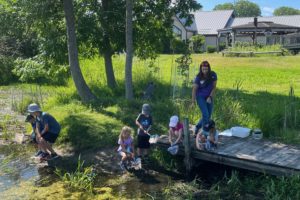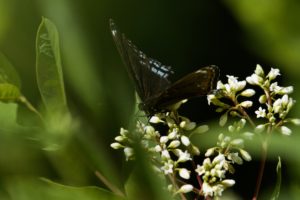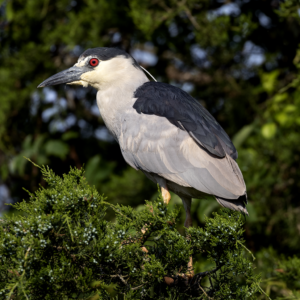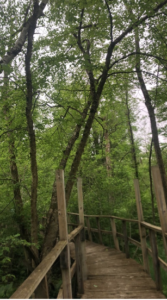Ripples by Ariana Zimney
The forest, I was taught, is a beautiful place to come when you need space, want to learn something new, or when you can’t help but move! More and more every year, I learn in-depth relationships about the forests. I observe animal characteristics, hear birds I’ve begun to recognize from call alone, and take to heart just how important forests are. I can’t help but reflect on my love for the forest.
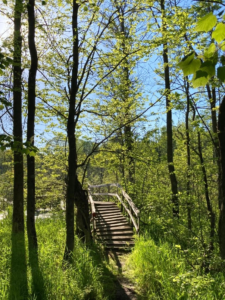 When you find yourself catching your breath and staring in awe, that is when you know you have created a deep connection with nature and the forests around you. And that is a magical feeling; being able to separate yourself from the busy-body world that feels like it is closing in on all of us. You escape to a reality that is slower, more mindful, and beneficial to your health – that’s when feeling alive becomes more than just breathing. That’s when being alive can take on more meaning – when we can hug a tree and close our eyes and be content with where we are right now. And maybe that is as simple as it needs to be.
When you find yourself catching your breath and staring in awe, that is when you know you have created a deep connection with nature and the forests around you. And that is a magical feeling; being able to separate yourself from the busy-body world that feels like it is closing in on all of us. You escape to a reality that is slower, more mindful, and beneficial to your health – that’s when feeling alive becomes more than just breathing. That’s when being alive can take on more meaning – when we can hug a tree and close our eyes and be content with where we are right now. And maybe that is as simple as it needs to be.
If you too share this love of forest with me, you too are a nemophilist. Yes, that’s a compliment! A nemophilist is “One who is fond of forests or forest scenery”. The word derives from the Greek word ‘nemos’ in reference to grove, and ‘philos’ meaning affection. And I personally think we should create a club for ourselves (maybe get t-shirts!) because it’s a wonderful word to be described as, with an even better association. It’s a beautiful thing to have a name for such an innate earthy concept – continuously enjoying the forests around us. Maybe we sink a little bit deeper into understanding with the forest, too. To take a step back, look towards nature rather than around it, and find that we are more embedded within it than we thought.
I’ve been able to see first-hand how much the staff and volunteers at Woodland Dunes love the forest and surrounding area. From planting more than 15,000 trees over the past six years, to re-establishing wild rice as it used to be, creating initiatives to combat invasive species, and establishing engaging and collaborative education programs, Dunes’ staff and volunteers truly embody who a nemophilist is! They take a look at the needs of the forest surrounding them and do whatever they can to help preserve this gorgeous landscape. And they fight for the forest because each and every one of them has a reason why they care about it, be it a fond memory or an impactful teacher.
We all can do our part to take care of our forests as they provide us with so much in return. So, be a nemophilist! Reclaim your connection to the forest, one beautiful experience at a time.
Photo by Ariana Zimney, trail at Woodland Dunes

